Pennsylvania's Mallet Rich Past
The role the keystone state played in music and percussion history.
Clair Omar Musser
Mallet percussion has an ancient history, much older than the united state, going back more than 2000 years to Africa and Asia. However, since the the early 20th century, there are several fascinating mallet percussion stories set in Pennsylvania, mosy of them concentrated to the southeastern quarter.
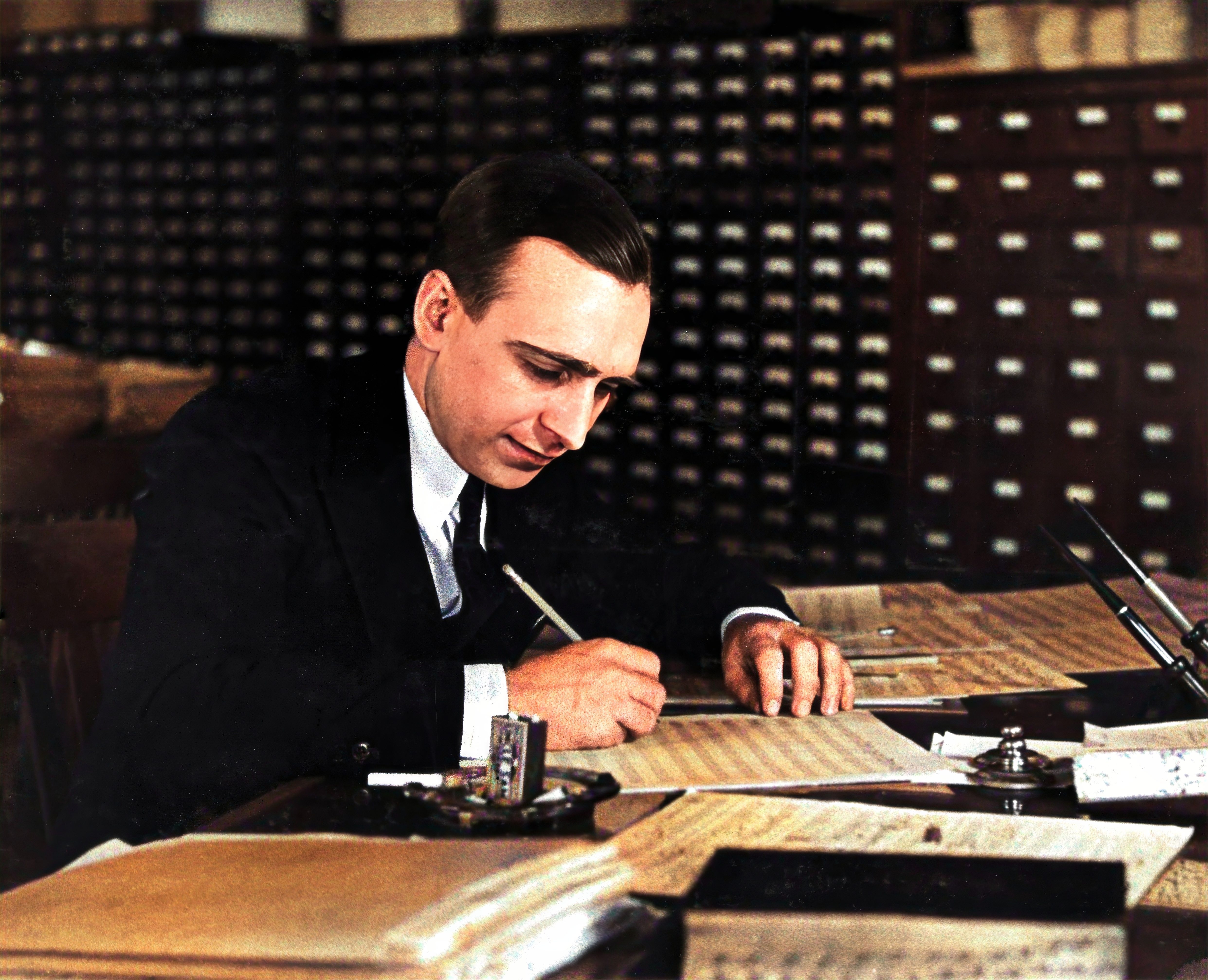
Clari Omar Musser was born in 1901 in Manheim, PA. He is best known today for his innovation in grip technique, his compositions, grand marimba orchestra projects, and instrument designs.
“Insert Musser quote here...such as without Musser, Zappa wouldn't be the same probably”
Instrument Inventor
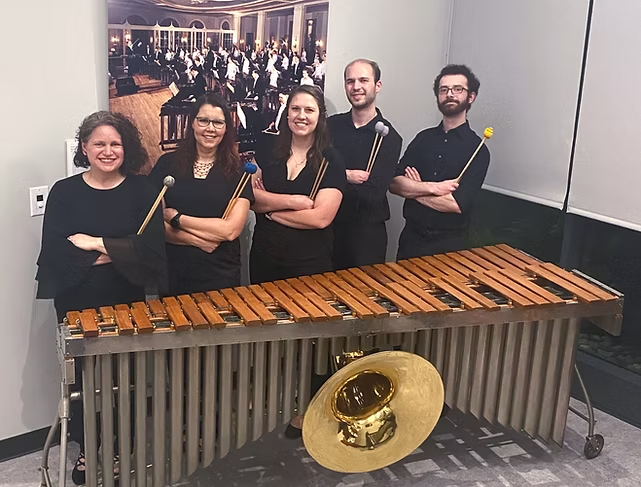
Musser's one-of-a-kind invention, the 'Vitaphonic' marimba was completed in 1927, and was featured in a Warner Vitaphone film, hence the name. This marimba was Musser's personal marimba when teaching in Reading, PA. Aside from its touring days from 1927-1929, this instrument has spent all of its life in Berks Country! The photo to the right shows The Lancaster Marimba Ensemble with the 'Vitaphonic' marimba.
When Musser relocated to Chicago to lead Deagan's mallet percussion division, he sold the Vitaphonic Marimba to Carl Fischer of Kutztown, PA, who later became concertmaster of Musser's 1935 International Marimba Symphony Orchestra (IMSO).
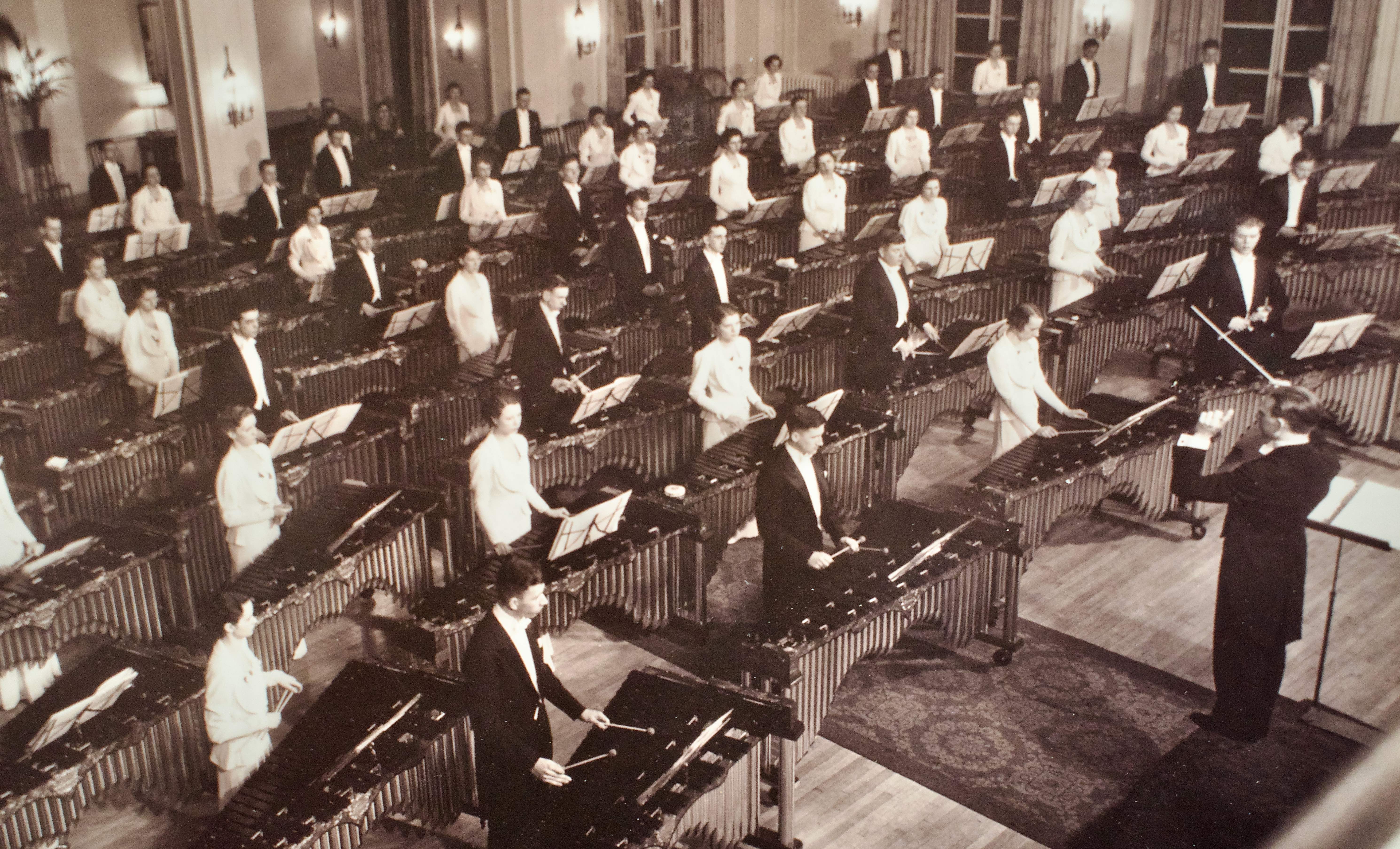
The International Marimba Symphony Orchestra (IMSO)
The IMSO featured 100 members, 20 of whom hailed from the great state of Pennsylvania.
Mallets Instruments in Greater PA
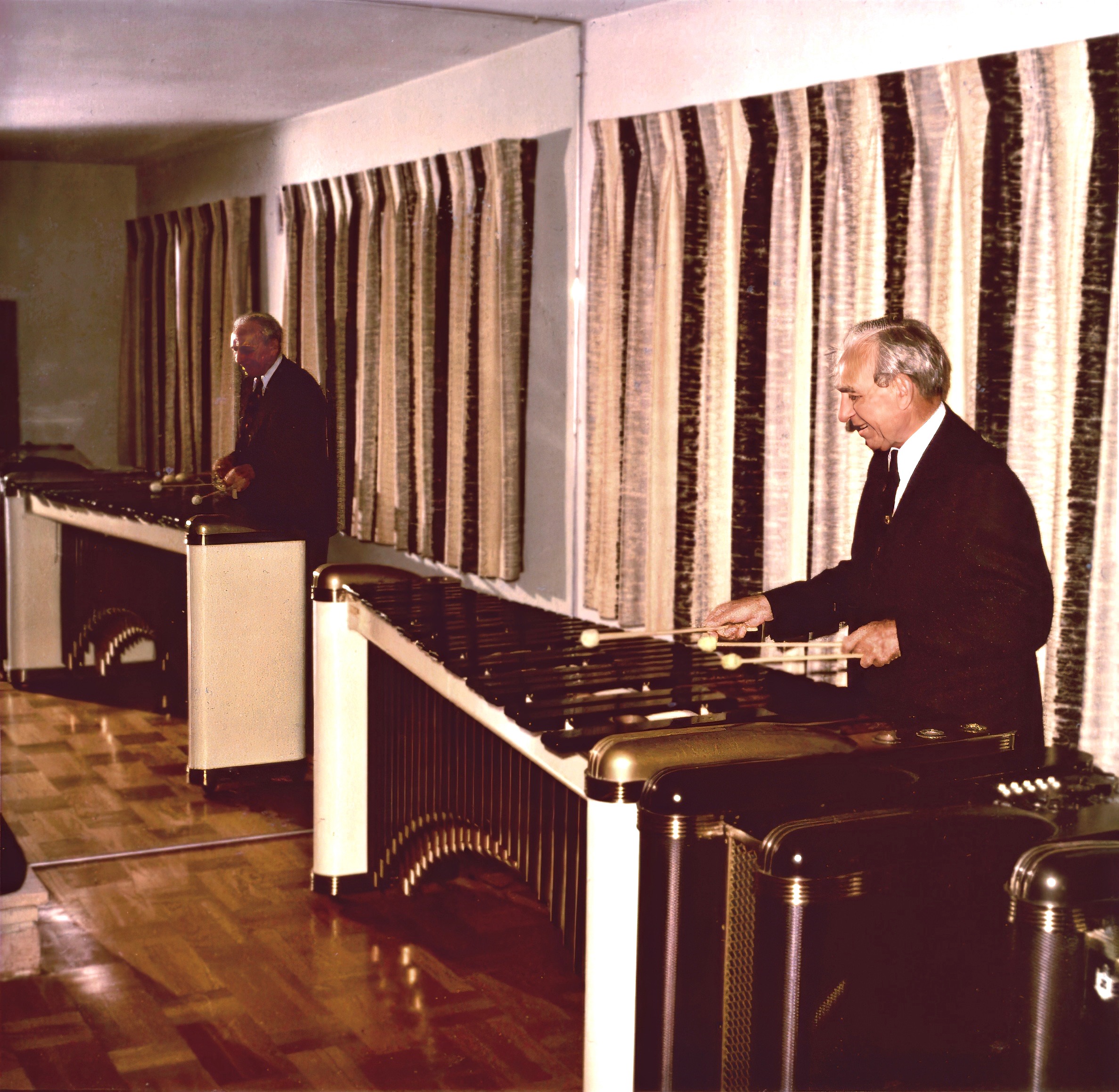
Aside from the rich history of mallet percussion in the southeastern part of the state, other parts of the state have too been important to the broader percussion field. A young German boy by the name of Willian F. Ludwig began playing drums when his family moved to Chicago in 1887. This boy would later be a star timpanist in the Pittsburgh Symphony in 1909.
The very same year, William had started the Ludwig & Ludwig Drum ompany with his Brother Theobald. The company was sold to the C. G. Conn Instrument company, which also owned the popular mallet instrument brandLeedy, in the late 1920s.
Following World War II, Clar Omar Musser left his position as the Director of the Mallet Percussion division at the Deagan Company to found Musser Marimba, Inc. The company would become a leading manufacturer of marimba vibraphones, xylophones, glockenspiels, and chimes. Musser began pursuing other goals in engineering and design and sold musser Marimbas to Lyons Band Instrument Manufacturers in 1956. The Ludwig Drum company acquired it in 1965, and finally Conn Selmer in 1981.
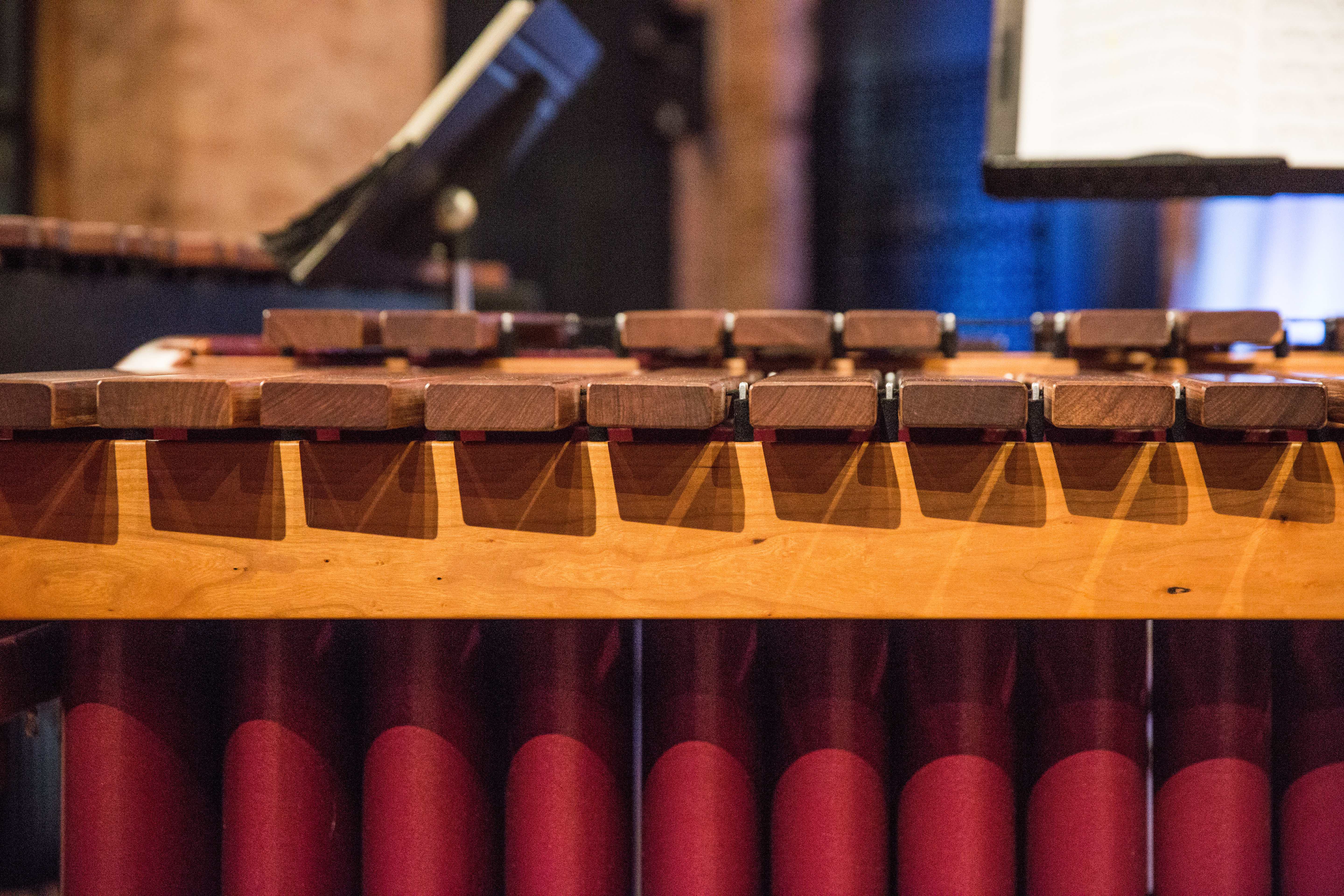
The Yoder Sisters
Dorothy Mae Yoder
Dorothy Mae Yoder, a member of the IMSO, played in a duo with her younger sister ruth. They would perform as the "Yoder Sisters," frequently in their hometown of York. Dorothy's King George marimba from the IMSO is located in the Center for Mallet Percussion Research in Kutztown.
Dorothy would go on to marry fellow marimbist, Alvin Albright, who would set up a marimba teaching studion in Allentown. Ruth would later place third in anamateru national song contest sponsored by bandleader Tommy Doresey. Her prize was $25, which when adjusted for inflations would be over $500.
